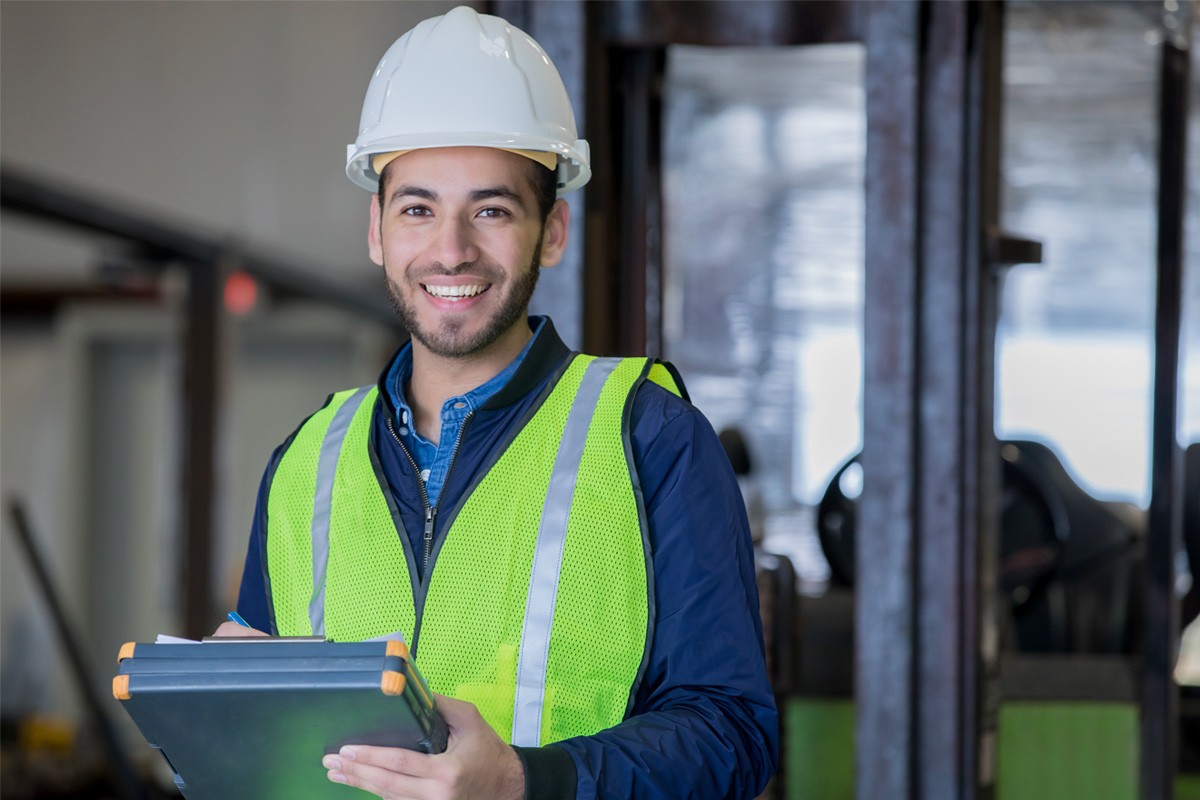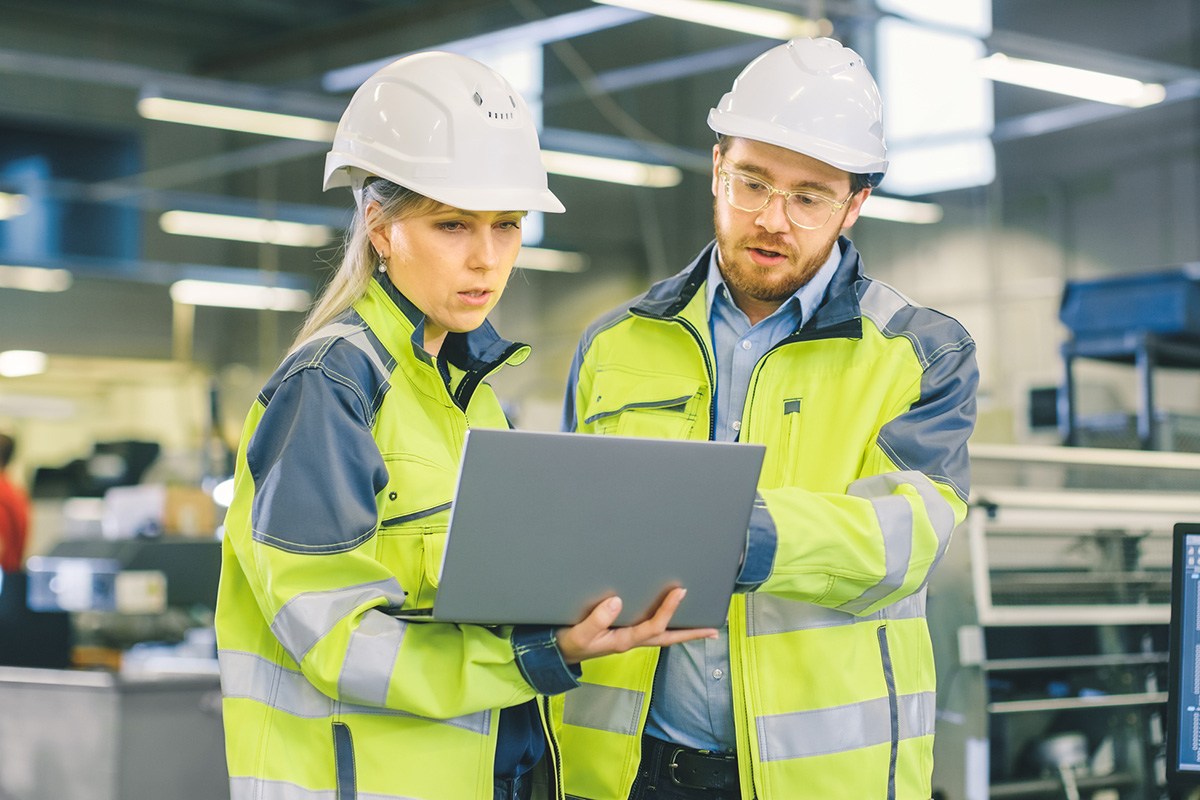Given that they make up about one-third of the American workforce, it should be no surprise that millennials are having a profound effect on all aspects of work. In fact, millennials are becoming a driving force in making workplaces safer for everyone. If you are looking to further your career in occupational safety and health, understanding the millennial perspective is vital. Knowing what these employees expect from their employers can ensure that your efforts to support safer workplaces are effective.
Why Millennials Care
When you consider the defining moments of these workers’ lives — events like the Columbine High School shooting, 9/11, etc. — it only makes sense that safety is a priority to them. It’s also important to note that many younger workers are among the first generation of children to have been closely supervised and provided with safety gear for common childhood activities.
While it might be a point of pride for a Gen Xer to remember the days of riding bicycles without helmets or spending entire days out of their parents’ sight, millennials had significantly less freedom during their formative years. To them, taking safety precautions is simply a fact of life, something they have done since they first learned to ride a bike while wearing a helmet.
In fact, according to the American Psychological Association, millennials reported that personal safety is a leading cause of stress in the workplace, and they are more concerned about personal safety than any other generation in the workplace. Some of this concern is warranted, as the Centers for Disease Control and Prevention reports that younger workers are more likely to be injured on the job than older adults, a trend that is attributed to less experience and training, as well as the fact that many young workers (those aged 15 to 24) are more likely to be working in an environment that could lead to injury, such as a restaurant. Still, there is ample evidence to support the notion that millennials want safe workplaces, so it is up to OSH professionals to not only create safer workplaces, but to communicate about workplace safety in a way that resonates with these individuals.
Millennial Expectations for Safety
Millennials are looking for evidence that companies are committed to safety. They want clear evidence that their company has a culture of safety, and want to know what their employer is doing to keep them safe. This translates into new methods of communication and engagement building designed to meet these workers where they are.
Gamifying Safety
It might seem that something as serious as safety shouldn’t be a game, but engaging millennials in creating a safer workplace is more effective when it’s a game. Challenge employees to identify potential safety issues and create a contest to see who can identify and solve the most safety issues.
Getting Social
Social media is second nature to millennials. Use the platform to discuss your safety program and engage workers in the conversation. Conduct polls, share photos and stories that demonstrate your commitment to safety, and encourage participation in a conversation. Not only do you engage your current employees, but discussing safety on social media can also help attract new employees to your company.
Communicate Effectively
Keep your communication focused, bite-sized and relevant. Consider developing infographic-style posters and social posts to help keep safety at the forefront of everyone’s mind and support training. Be sure to recruit millennial employees to serve on communication committees to gain their perspectives, and ensure that your safety communication efforts hit the right notes.
Be Clear and Transparent
Your employees will want to know what safety precautions are in place and how to respond in the event of an emergency. Some job candidates may even ask about these issues during the interview. Be upfront about your culture of safety and what you do to protect employees in order to attract younger workers.
Conclusion
The fact that millennials are having conversations about workplace safety and it is such a concern to them is beneficial to all employees. While some older workers who have been working behind a desk for 25 years might scoff at the notion of “safety training,” in today’s world you simply cannot afford to ignore the risks. Use this new energy and commitment to your advantage, stay updated on trends in the field, and develop a culture of safety that works for everyone.
Safety has been at the core of Columbia Southern University’s academic focus since its founding in 1993. CSU’s BCSP-certified occupational safety and health program now offers degrees at the associate, bachelor’s or master’s levels, where faculty members cover both traditional and modern approaches. For more information, visit ColumbiaSouthern.edu.




